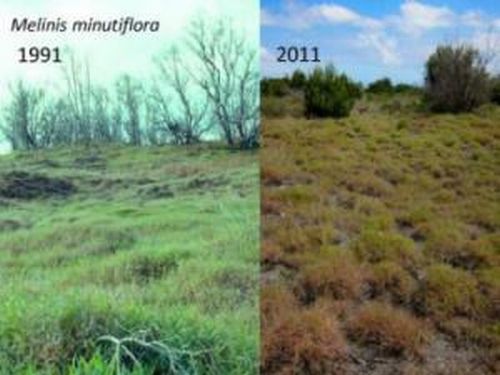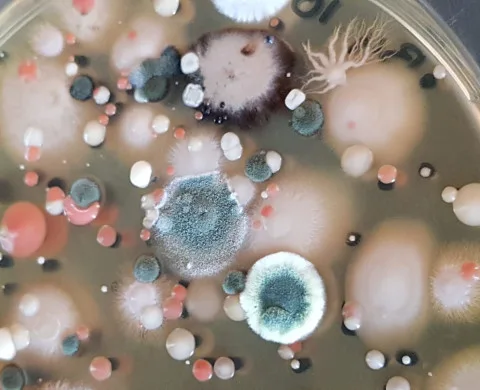A longitudinal study conducted by researchers Carla D’Antonio and Stephanie Yelenik was carried over a period of two decades to study the impact of invasive plants, to be one of the few studies conducted over such a period of time in this field of research.
D’Antonio of UC Santa Barbara University, worked with postdoctoral scholar Stephanie Yelenik to collect data on grass invaded fields over the time period between mid 1990s and 2012. Field sites chosen were in Hawaa Volcanoes National Park.
Data obtained from this study revealed unique results with regards to invasive plants, their effect on ecosystems, the persistence of such effect, as well as ecosystems restoration.
“We were able to take advantage of detailed studies I and others had conducted in the 1990s. We permanently marked sites we had set up and were able to go back and gain insight into how plant invasions changed over time without management,” “Such studies are important because managers have little money to control invasive species or to study how impacts might change without management.” said D’Antonio.
Lead author Stephanie Yelenik added that “Non-native plants can have very large impacts on ecosystem functioning — including altering groundwater, soil salinity or pH and pollination syndromes”.
The researchers found that ecosystem impacts and feedbacks shift over time. However, they further explained that although plant invasions may slow down with time, that does not necessarily mean that native species can recover easily, instead, they may actually require further assistance for that to happen. This is especially true as other invaders may make their move towards a weakened area (i.e., native species) with fading competition from the original invaders.
According to Yelenik: “Knowing the mechanisms of how and why invasions alter ecosystems is insightful for predicting what will happen, but without further management we may not get native species back,” “When we see non-native species dying back and getting patchy, that may be the time to plant native species. It might turn out to be the most cost-effective way to get an ecosystem back to a more desirable state.”
Source: Science Daily
Photo Credit: UC Santa Barbara




